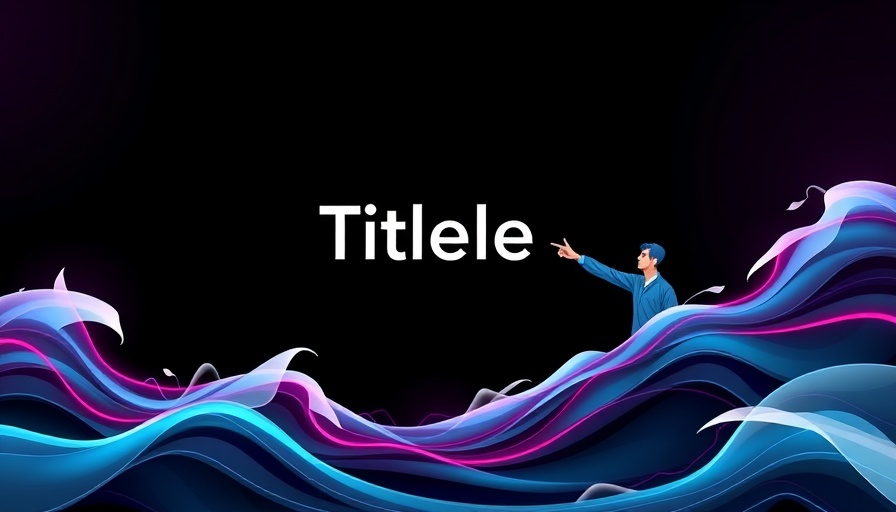
Slate Auto's Electric Dreams Hit a Speedbump
In a surprising turn of events, Slate Auto, the electric vehicle startup fueled by the ambition of making affordable EVs accessible to all, has halted its bold claim that the base price of its upcoming all-electric pickup truck would start at ‘under $20,000.’ This shift follows the recent passage of President Trump’s tax cut bill, which sets to end the federal EV tax credit program, a financial aid program vital for making electric vehicles (EVs) more affordable to the masses.
The Impact of Tax Credits on EV Pricing
Slate Auto initially marketed its vehicle with the enticing $7,500 federal tax credit in mind. This incentive was crucial for keeping the price below the $20,000 mark, a significant selling point that resonated with budget-conscious consumers. As Slate’s CEO Chris Barman put it, the goal was to create an affordable vehicle that had long been overlooked in the auto industry. However, with the removal of this federal support, the company’s vision faces critical challenges.
Industry Response to Affordability Issues
The auto industry is currently at a crossroads, with many manufacturers grappling to strike a balance between innovation and affordability. Jeremy Snyder, the chief commercial officer at Slate, commented on the alarming escalation of vehicle prices that render them unattainable for most Americans. His remarks reflect a common frustration among consumers who feel sidelined by the soaring costs of modern vehicles.
What Lies Ahead for Slate Auto?
As they gear up for production, slated to begin by the end of 2026, it's unclear what the new pricing structure for their EV will look like without the tax credit. It’s crucial for the fledgling company to reassess its product marketing strategy and pricing. Customization options could further complicate matters, as it’s suspected that fewer buyers might be interested in the base model, which originally attracted customers with its competitive pricing.
Potential for Future Disruptions in the EV Market
Despite these hurdles, there’s a flicker of hope for electric vehicles. With the continuous advancement of technology and growing environmental concerns, the future of personal transportation might still lean towards electrification. Innovators could emerge with new ways to incentivize EV adoption, such as through state initiatives or alternative financing options.
Engaging with Technological Evolution
The potential end of the EV tax credit doesn't just affect one company; it prompts a broader conversation on the future of technology and transportation. Stakeholders in the next-gen technology arena must adapt to these changes, ensuring that consumer preferences and environmental considerations shape future developments. The outlook may be uncertain, but as the marketplace evolves, so too do opportunities for innovation and renewed commitment towards affordable electric vehicles.
 Add Row
Add Row  Add
Add 




Write A Comment